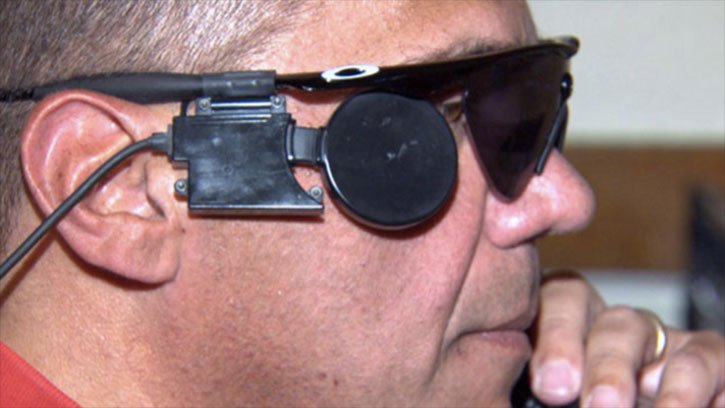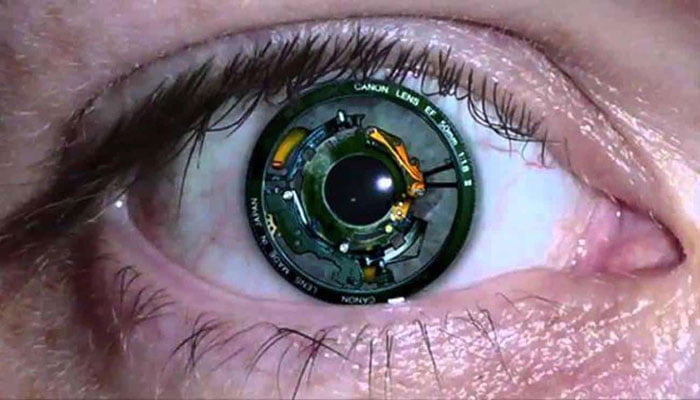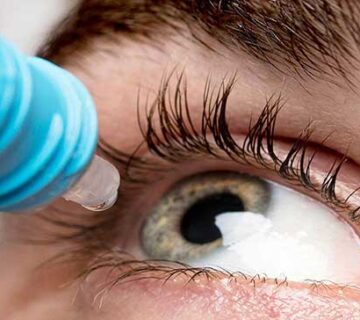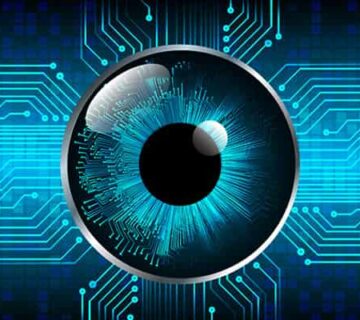The human eye is one of the most sensitive organs in the body and is exposed to many dangers and injuries. Sometimes these injuries are so severe that they profoundly affect a person’s vision, causing low vision or even blindness. Today, numerous studies are being conducted on artificial vision systems for the visually impaired and blind. The topics we will cover in this article are:
- Examining the risks that threaten the human eye
- Novel methods for restoring vision
What dangers does the human eye face?
The human eye is exposed to many dangers because it often lacks specific protection. For example, a severe impact or accident can damage the eye, significantly affecting a person’s vision. In some cases, a person might completely lose their sight due to an accident or even require eye removal (enucleation) and the use of an eye prosthesis.
In addition to the above, the occurrence of various diseases can also negatively impact a person’s vision. These diseases can be mild or severe. Some eye diseases, such as refractive errors and presbyopia, are classified as mild conditions and can be treated using conventional methods like glasses, surgery, medication, etc. However, diseases like eye cancer, glaucoma (water on the eye), etc., are extremely dangerous and can cause severe eye damage and even blindness. There are even cases where the patient requires eye removal and the use of a prosthetic eye.
Since the primary pathway for a person to perceive their surroundings is through their sense of sight, restoring vision for the visually impaired and blind is of utmost importance. The significance of this issue is such that today, numerous studies are underway on artificial vision systems for the visually impaired and blind. Some of these systems will be discussed below.

Various artificial eye systems for the visually impaired and blind
Numerous studies are currently being conducted in this field, with many individuals and groups researching artificial vision systems for the visually impaired and blind. Some of these systems include:
Retinal Implants:
The goal of designing and building retinal implants is to restore vision in people affected by conditions such as retinitis pigmentosa. By installing this implant on the retina and stimulating the remaining cells, signals are sent to the brain to analyze the received visual messages.
Artificial Vision Systems:
This method is recognized as another artificial vision system for the visually impaired and blind. Various groups are currently working on it. This approach uses specialized cameras and algorithms for image processing. After interpreting this visual information through specific equipment, the data is conveyed to the user in the form of tactile feedback or audio cues.
Brain-Computer Interfaces (BCIs):
The goal of this method is to establish a direct connection between the brain and an external device. Essentially, scientists are trying to facilitate this connection using a device capable of translating visual information and transmitting it as signals to the brain.
Sensory Substitution Devices (SSDs):
These devices receive information related to one sense and transmit it to another sense. For blind individuals, these devices function by receiving data related to vision and converting it into auditory and tactile signals.

Smart Glasses and Wearable Devices:
These devices assist blind people in object recognition, face detection, navigation guidance, etc., and partially alleviate their blindness.
Bionic Eyes:
The bionic eye is another artificial eye system for the visually impaired and blind, with extensive research currently underway. These eyes are essentially advanced types of artificial eye aiming to restore vision similar to that of a healthy eye. This technology typically utilizes implanted components in the head and external parts like special glasses to send visual data to the brain for interpretation.
Other Methods:
Besides the above methods, scientists are also studying other approaches, including the use of Artificial Intelligence, neuroprosthetics, etc.
Conclusion
Since the sense of sight is the most important sense for any individual, restoring it in blind and visually impaired people is highly significant. Therefore, numerous studies are being conducted on artificial eye systems for the visually impaired and blind. Each of these methods aims to restore visual perception to individuals in some way. However, it must be said that fully restoring and recovering people’s vision still has a long road ahead.




No comment